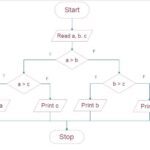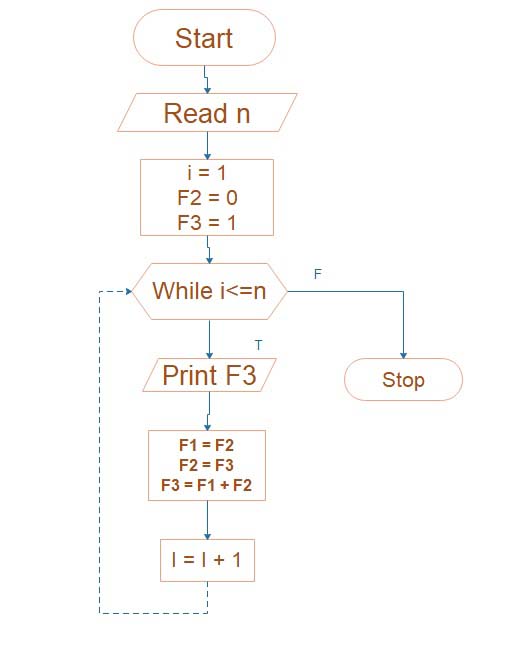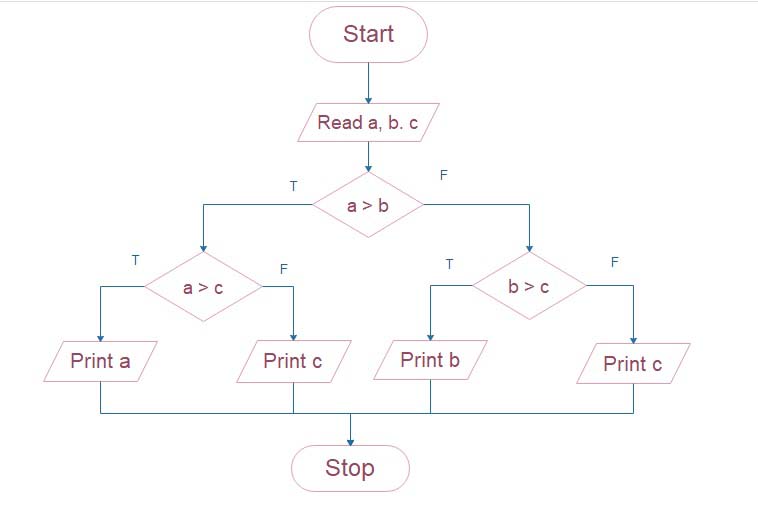Top 3 Reasons for Heart Attack with Causes, Symptoms
Heart Attack main 3 reasons with Causes and Symptoms
- Hypertension
- Coronary Artery Disease
- Angina pectoralis
Table of Contents
Hypertension
The occurrence of persistent high blood pressure is called hypertension such a person has systolic B.P. of more than 140mmHg and diastolic B.P. of more than 90mmHg.
what is hypertension?
Hypertension, commonly referred to as high blood pressure, is a frequent medical disorder when the blood’s constant pressure against the artery walls is too high. Because it often exhibits no symptoms, it is frequently referred to as a silent killer. However, if unchecked, it can result in major health issues including heart disease, stroke, and renal disease.
The onset of hypertension is influenced by a number of variables, such as genetics, ageing, lifestyle choices, and underlying medical disorders. Alcohol consumption, excessive salt intake, sedentary lifestyles, and obesity can all raise your chance of getting high blood pressure.
how is hypertension treated?
Changing one’s lifestyle and, in certain situations, using medication is necessary for managing hypertension. Adopting a nutritious diet full of fruits, vegetables, and whole grains, cutting back on salt, exercising frequently, keeping a healthy weight, regulating stress levels, and abstaining from tobacco and excessive alcohol usage are a few examples of lifestyle improvements. Effective management of hypertension and lowering the risk of consequences need regular blood pressure monitoring and close collaboration with a healthcare provider.
Causes of Hypertension
The degenerative cause is arteriosclerosis other causes are addiction to smoking, alcohol, a fat-rich diet, obesity, emotional stress, excess secretion of epinephrine, aldosterone, renin, atherosclerosis etc.
what causes hypertension?
High blood pressure, sometimes known as hypertension, can have a number of reasons. Lifestyle decisions are a key element. Unhealthy eating patterns, such as a diet heavy in saturated fats, cholesterol, and sodium (salt), can hasten the onset of hypertension. Sedentary habits and a lack of exercise can raise the risk.
Additionally, genetics and family history are important. You may be more likely to develop hypertension if your parents or other close family members do. Another important element is age, as blood pressure tends to rise with ageing.
Hypertension can be exacerbated by a number of medical diseases, including chronic renal disease, hormonal imbalances (such as hyperthyroidism or Cushing’s syndrome), and sleep apnea. Obesity, heavy alcohol use, smoking, and stress are other risk factors.
how to reduce hypertension?
Adopting preventative measures is made easier by understanding the causes of hypertension. Maintaining a healthy lifestyle is crucial and includes following a balanced diet, getting regular exercise, controlling your weight, and reducing your stress. Effective hypertension management requires frequent blood pressure checks and skilled medical advice.
Symptoms of Hypertension
Hypertension is commonly called a silent killer because it may present for years with no significant symptoms. The mild effect of hypertension is breathlessness, giddiness etc.
The severe effect of hypertension is the bursting of blood vessels of vital organs like the eye, kidneys, brain etc.
what are the symptoms of hypertension?
High blood pressure, often known as hypertension, is frequently referred to as a silent killer since its early stages frequently show no signs at all. However, some people may have symptoms related to high blood pressure as the illness worsens.
what is a hypertension headache?
Headaches, especially at the back of the head and in the morning, dizziness, blurred vision, shortness of breath, chest discomfort, and an irregular heartbeat are all typical signs of hypertension. These signs are not exclusive to hypertension and may also be related to a number of other medical disorders.
Frequently, hypertension is discovered via standard medical examinations or when consequences like heart disease, stroke, or renal issues manifest. This is why it’s crucial to regularly check blood pressure, especially for people who have risk factors like obesity, a family history of hypertension, or a sedentary lifestyle.
The fact that hypertension can be asymptomatic highlights the need for early diagnosis through routine blood pressure testing and maintaining a healthy lifestyle to prevent consequences linked to high blood pressure. A healthcare expert must be consulted for an accurate diagnosis and treatment.

Coronary Artery Disease
A condition in which the flow of blood to the heart is reduced due to blockage in the coronary artery is called CAD.
what is coronary artery disease?
A common cardiovascular ailment called coronary artery disease (CAD) is characterised by the narrowing or obstruction of the coronary arteries, which carry oxygen-rich blood to the heart muscle. Atherosclerosis, a disorder that results from the accumulation of plaque on the arterial walls made up of cholesterol, fat, calcium, and other chemicals, is the main cause of it.
Oxygen delivery is decreased as a result of the plaque’s restriction of blood flow to the heart when it builds up. Chest pain or discomfort (angina), exhaustion, loss of breath, and even a heart attack may result from this if a blood clot fully obstructs the constricted artery.
coronary artery disease risk factors
High blood pressure, high cholesterol, smoking, diabetes, obesity, a family history of heart disease, and a sedentary lifestyle are some of the risk factors that might lead to the development of CAD.
Causes of Coronary Artery Disease
The main cause is atherosclerosis i.e. deposition of fatty substances in the lining of the artery which results in the formation of a plaque that decreases the diameter of the lumen of the artery. As a result of this, heart muscles get an inadequate amount of blood.
what causes coronary artery disease?
Atherosclerosis, a disorder characterised by the accumulation of plaque inside the coronary arteries, is the primary cause of coronary artery disease (CAD). The main ingredients of this plaque include cholesterol, fat, calcium, and other elements. A number of variables have a role in the development of CAD and atherosclerosis.
An unhealthy lifestyle, which includes eating a diet rich in saturated and trans fats, cholesterol, and salt, is a key contributing cause. Smoking, drinking too much alcohol, and not exercising regularly all contribute to the onset of CAD.
A family history of heart disease, diabetes, obesity, high levels of LDL (low-density lipoprotein) cholesterol, low levels of HDL (high-density lipoprotein), and hypertension (high blood pressure) are additional risk factors.
coronary artery disease medication
The risk of CAD can also be raised by a number of medical illnesses, including chronic renal disease, autoimmune diseases, and inflammatory diseases. Other variables include age and gender (men are more likely to develop CAD).
The significance of preventative interventions is highlighted by an understanding of the causes of CAD. Adopting a healthy lifestyle can help lower the chance of developing CAD and associated problems. This includes eating a balanced diet, getting regular exercise, quitting smoking, and maintaining appropriate cholesterol and blood pressure levels. For the early identification and efficient management of CAD, routine medical examinations and discussions with a healthcare provider are essential.
Symptoms of Coronary Artery Disease
Depending on the degree of damage to heart muscles due to obstruction, the symptoms may be in the form of mild chest pain called Angina pectoralis or a heart attack called myocardial infarction which may cause death.
what are the symptoms of coronary artery disease?
Coronary artery disease (CAD) may show a variety of symptoms, while some people with CAD may not have any symptoms at all, particularly in the beginning. Angina, which is characterised by chest pain or discomfort, is the most typical sign of CAD. A squeezing, pressure-like sensation that may extend to the arm, jaw, neck, back, or shoulder is how people usually describe this discomfort.
Other signs and symptoms may include shortness of breath, particularly under stress or when exercising, as well as weariness, weakness, palpitations, and irregular heartbeats. CAD can occasionally result in silent heart attacks, in which the sufferer shows no outward signs of distress.
It’s crucial to remember that symptoms might differ from person to person, and some people may even have no symptoms at all or unusual symptoms. This emphasises the value of routine physicals and diagnostic procedures to identify CAD, especially in those with risk factors such as advanced age, a family history of the disease, smoking, diabetes, high blood pressure, or high cholesterol levels.
It is crucial to get quick medical assistance if you suffer any chest discomfort or other unsettling symptoms since these might be signs of CAD or other cardiac disorders.
Angina pectoralis
A condition of chest pain due to an inadequate supply of oxygen to the cardiac muscles of the heart is called angina pectoralis.
what is angina pectoralis?
Chest pain or discomfort is a defining feature of angina pectoris, often known as angina. When the heart muscle does not get enough oxygen-rich blood, it happens. The most frequent cause of angina is plaque formation in the coronary arteries, which results in their narrowing or blockage. This may limit blood flow to the heart, especially when the organ is under stress or physical strain and needs extra oxygen.
Angina often starts as a tightening, pressure-like sensation in the chest that is occasionally accompanied by breathlessness, perspiration, and pain that radiates to the arms, neck, jaw, or back. When people take nitroglycerin or relax, their angina attacks frequently go away.
Heart disease, especially coronary artery disease, can be detected by angina, a warning symptom. When having angina symptoms, it’s crucial to contact a doctor since they might be signs of a higher risk of heart attack or other serious cardiac problems. Changes in lifestyle, drugs to treat symptoms and avoid complications, and, in certain situations, procedures like angioplasty or coronary artery bypass surgery to restore enough blood flow to the heart are all possible treatments for angina.
Causes of Angina Pectoralis
The main cause is narrowing and hardening of coronary arteries due to there or arteriosclerosis, other Causes are wrong lifestyles, excess exertion, stress etc.
what causes angina pectoralis?
The coronary arteries, which deliver oxygen-rich blood to the heart muscle, constrict or get blocked as the primary cause of angina pectoris, often known as angina. This condition is frequently the outcome of coronary artery disease (CAD), in which the arterial walls become completely or partially blocked by the accumulation of fatty deposits termed plaque.
Smoking, high blood pressure, high cholesterol, diabetes, obesity, a sedentary lifestyle, and a family history of heart disease are the most prevalent risk factors for angina. By causing damage to the artery’s inner lining and encouraging the buildup of plaque, these variables aid in the onset and development of CAD.
Coronary artery spasms, in which the coronary arteries momentarily contract, limiting blood supply to the heart muscle, are another possible cause of angina. Angina can also be brought on by ailments including aortic valve disease, acute anaemia, or irregular heartbeats.
For an accurate diagnosis and effective therapy, it is essential to comprehend the underlying causes of angina. The frequency and severity of angina attacks can be greatly decreased by managing risk factors and living a heart-healthy lifestyle, which can also help stop the progression of heart disease.
Symptoms of Angina Disease
Severe pain in the chest, compression of the chest, etc. The pain can spread into the neck, lower jaw, left arm and shoulder.
what are the symptoms of angina disease?
Angina, also known as angina pectoris, has a unique set of symptoms, most of which are chest pain or discomfort. A squeezing, pressure-like sensation in the chest, usually beneath the breastbone, is the most characteristic symptom. Other words for this discomfort include heaviness, tightness, and burning. The neck, jaw, shoulders, or back may also be affected, frequently the left arm.
Physical effort, mental stress, cold conditions, large meals, or smoking can cause or aggravate angina symptoms. Resting or using drugs like nitroglycerin to ease the symptoms of these bouts is frequently effective. Chest discomfort may be accompanied by other symptoms including anxiety, nausea, exhaustion, dizziness, perspiration, and shortness of breath.
It’s crucial to remember that everyone experiences angina symptoms differently. Atypical symptoms, such as indigestion-like discomfort, jaw or throat pain, or perhaps no chest pain at all, might occur in certain persons. If you experience any angina symptoms, it’s important to visit a doctor right away since they might be a sign that your chance of having a heart attack or other serious cardiac events has increased.













